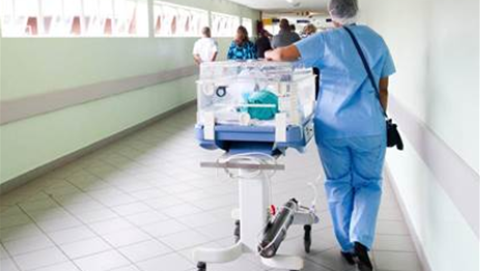Optus has attributed a 12 percent full-year drop in net profit and 4 percent fall in EBITDA to higher costs associated with device repayment credits as well as a lacklustre performance from its enterprise business.

The telco's full-year results, posted today, are unsurprising given it reported three quarters in a row of declining net profit for its just-ended fiscal 2017 year.
It has consistently blamed the ACCC's mandated cut of mobile termination rates for its performance.
It similarly attributed the impact of higher service credits associated with device repayment plans to its FY17 profit drop.
Optus offers customers on certain mobile plans credits that reduce their monthly device repayment fee. It started offering the credits for higher-value, predominantly 24-month contracts in February 2015.
The telco today said its full-year EBITDA of $2.67 billion, down 4 percent on last year, and 12 percent net profit drop to $794 million were driven by both factors as well as lower revenue from its enterprise operation due to "heightened price competition".
Optus Business reported a 16 percent decline in EBITDA in the fiscal year due to the "intense" price competition.
Optus was also forced to hand out $134 million to the ATO during the fiscal year for amended assessments "which are currently being disputed", related to the sale of Optus from former parent Cable & Wireless to Singtel.
The payment helped drag down its free cash flow by 19 percent to $500 million.
The telco spent $1.5 billion during the year on enhancing its mobile network, and will spend the same figure again in its 2018 financial year. Its 4G network now reaches 96.1 of Australians, Optus said.
Optus now has 13.9 million mobile customers, 9.7 million of which are on its 4G network, and 1.1 million fixed broadband customers, 228,000 of which are on NBN plans.









.png&w=100&c=1&s=0)

 Digital Leadership Day Federal
Digital Leadership Day Federal
 Government Cyber Security Showcase Federal
Government Cyber Security Showcase Federal
 Government Innovation Showcase Federal
Government Innovation Showcase Federal
 Digital NSW 2025 Showcase
Digital NSW 2025 Showcase












_(1).jpg&h=140&w=231&c=1&s=0)



